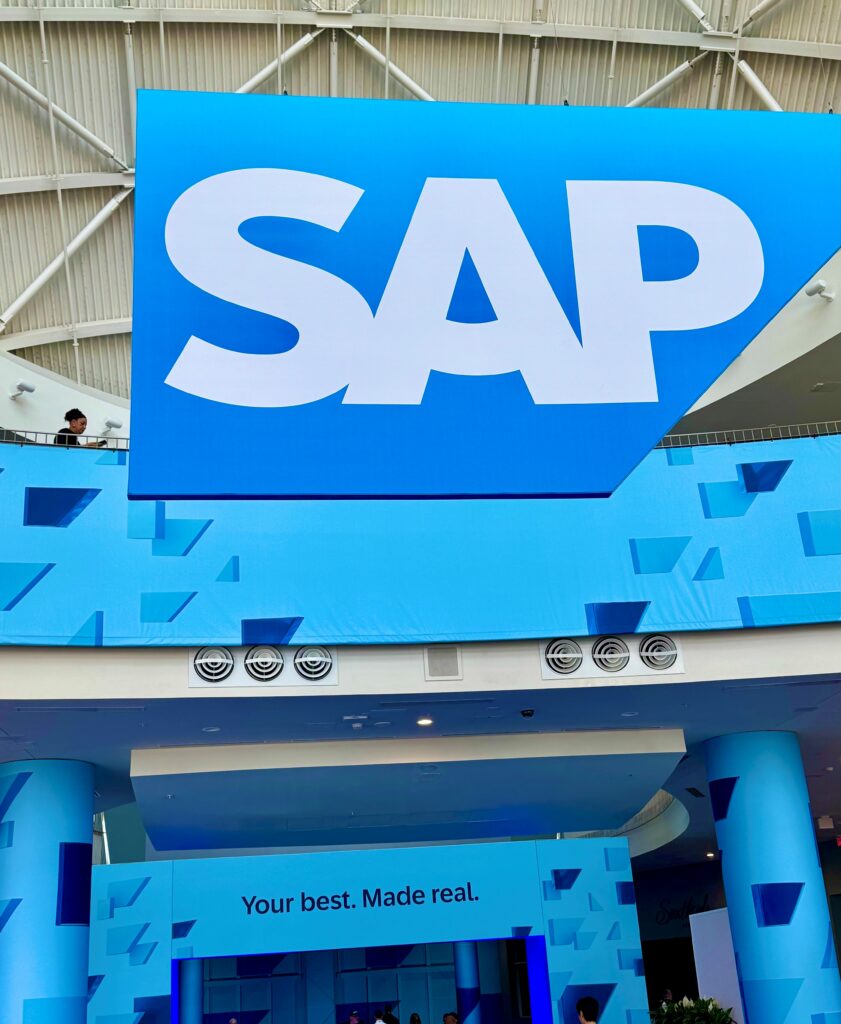December 31 2027 is a critical date for all SAP experts and businesses whose operations rely heavily on having a stable, secure and up-to-date SAP ecosystem that is compliant with all the necessary laws of the land. On this date, SAP maintenance for previous versions of its ERP systems will expire, leaving those who have not yet migrated to SAP S/4HANA — as the saying goes — in the dust.
As a SAP professional working in the highly regulated tobacco industry, in a conglomerate that operates in more than 180 countries worldwide, the stakes for my IT team — like many global enterprises — are indeed high. We are presently T-minus 3.5 years away from what I am referring to as D-day (for the impending deadline). Please see Figure 1 for the Gartner estimates of the SAP S/4HANA Adoption Rates.

“As of Q42023, Gartner estimates indicate that approximately 64 percent of SAP EEC clients had not licensed SAP S/4HANA.” Given what it takes for companies to manage a migration project of this magnitude, as well as the limited availability of systems integrators (SIs) with the required craftsmanship, this adoption rate bodes ill for the industry.
So why are most of SAP’s customers waiting to migrate? From what I’ve experienced in the SAP professional user community, the top three reasons I hear are these:
“SAP already extended the upgrade deadline once, moving it from 2025 to 2027. Maybe they will extend again! Why rush?”
Personally, I would not be jeopardizing the operations of billion-dollar businesses in a game of who blinks first, would you?
“If I am not able to migrate by the deadline, so what? I will just opt for the extended maintenance option; it doesn’t have to be the end of the world!”
I agree that this can buy you some time, but the devil is in the details. Those of us who read the fine print see that this option is only available for “customers needing support for their applications in longer conversion phases to SAP S/4 HANA.”
In layman’s terms, this means that you would have to purchase the licenses for S/4 by 2027 anyway. No cost savings there! In addition, you would also incur a two percent extra cost on top of your current maintenance fees. While two percent may not seem like much at face value (for thriving companies with deep pockets), when you add your enterprise support factor, the relative cost increase is much greater. For example, for those on the existing support pack of 22 percent, this will actually result in an almost nine percent relative uplift, if you do the math.
Additionally, SAP has been very clear that extended support will be offered only for Business Suite 7 core applications. It is important to understand what this means for your business before getting too comfortable with extended maintenance. Will you really be getting the kind of support you would need to keep your business running or will it become a thin safety net that will just keep you afloat?
“Extended maintenance is not my cup of tea. I’ll just do nothing and let SAP automatically default me to its customer-specific maintenance offering.”
That could be risky. SAP has noticeably not published any pricing related to this option; they have not been specific about the scope of what will and will not be supported (core versus not core) and they have not mentioned the number of years they are willing to support you via this mechanism. Even without these vital inputs, it is logical to conclude that SAP will negotiate aggressively if you go this route: it will not be cheap, and it will not last forever.
Does this mean that everyone must adopt S/4HANA before D-day? Absolutely not: no business, regardless of size, should be forced to embark on a journey such as this, based only on technical drivers. If we did, it might be akin to experiencing a slow-motion train wreck, while writing off millions of dollars from the balance sheet. To stay on track, business and IT must maintain a symbiotic relationship.
That being said, organizations cannot continue to wait and watch, hoping the chips will fall into place. Sitting motionless and avoiding change can be a quick road to obsolescence. So instead of focusing on the technical deadline, start by approaching the S/4 migration through this different lens before time runs out:
First, discover what benefits S/4HANA offers that are pertinent to your organization’s business goals in the mid-to-long term. Don’t try to sell the case just by relying on industry buzzwords: your benefits need to be SMART (Specific, Measurable, Achievable, Relevant, Time-bound), and you need to first believe in them yourself.
Then, determine whether you will be able to rally the support of your management board and broader community beyond IT who will be affected by the upgrade. Can you get them behind the benefits that this multimillion-dollar change will enable for your organization?
The next step would be to ascertain whether your business case is being done bottom-up and will pass the test of time. Remember that this kind of project usually runs for a prolonged period and unforeseen changes will happen to both organization and strategy during that time. Is your case strong enough to withstand any unanticipated turmoil?
Additionally, understand the capabilities of your current SI in S/4HANA space. S/4 experts are in high demand but in short supply. You need an A-team from your SI to get this done successfully. Your SI must bring on experts, not just warm bodies to meet some impractical timeline.
Accept the fact that as a principal product vendor, SAP must have very thick skin in the game with you. If you are thinking that you will just raise Online Service System (OSS) tickets with high severity and get all the necessary help you will need during a crisis, think again. A team of dedicated experts from SAP Max Attention to augment your internal teams and SI is a must, not a luxury.
Finally, be clear about your expectations from the clean core concept that SAP promotes with S/4HANA. A clean core does not mean zero customization within the application boundary (AB). You will still be able to make modifications if you are staying within the controls defined by SAP. Nevertheless, it would be foolish to go into this without taking a proper inventory of all the beloved Z codes that have been developed by your SI over the past many years for your valued business users. How many of those codes are still relevant and need to remain in some form? Which are no longer necessary because that functionality is now offered out of the box? Not knowing these answers can make or break your journey.
Do not underestimate the importance of change management. However perfect your upgrade is, if your end user community is not buying in, you will have only a perfect implementation on paper with minimal-to-zero business benefits. Engage super-users early and take them along on a joint journey through and beyond your Go-Live to ensure that everyone is working together to maximize the return on investment (ROI).
Whether your business should opt for all, some or none of the bells and whistles that S/4 has to offer really depends on your business priorities, and the available options that you have on the table to enable those priorities. However, if you are a current SAP customer, the one choice you don’t have is to delay this heavy-duty discovery exercise any longer. You still have time to make an educated decision, based on drivers that are meaningful to your end users and will add value to the business you are trying to protect.
Do not let this golden opportunity pass you by. If you just keep waiting, you may be forced into an expensive upgrade or be left with only a thin safety net post-2027 for an exuberant price tag. Surely, we have a responsibility to our respective businesses to implement the best solution the market offers, no matter how challenging the transition.






